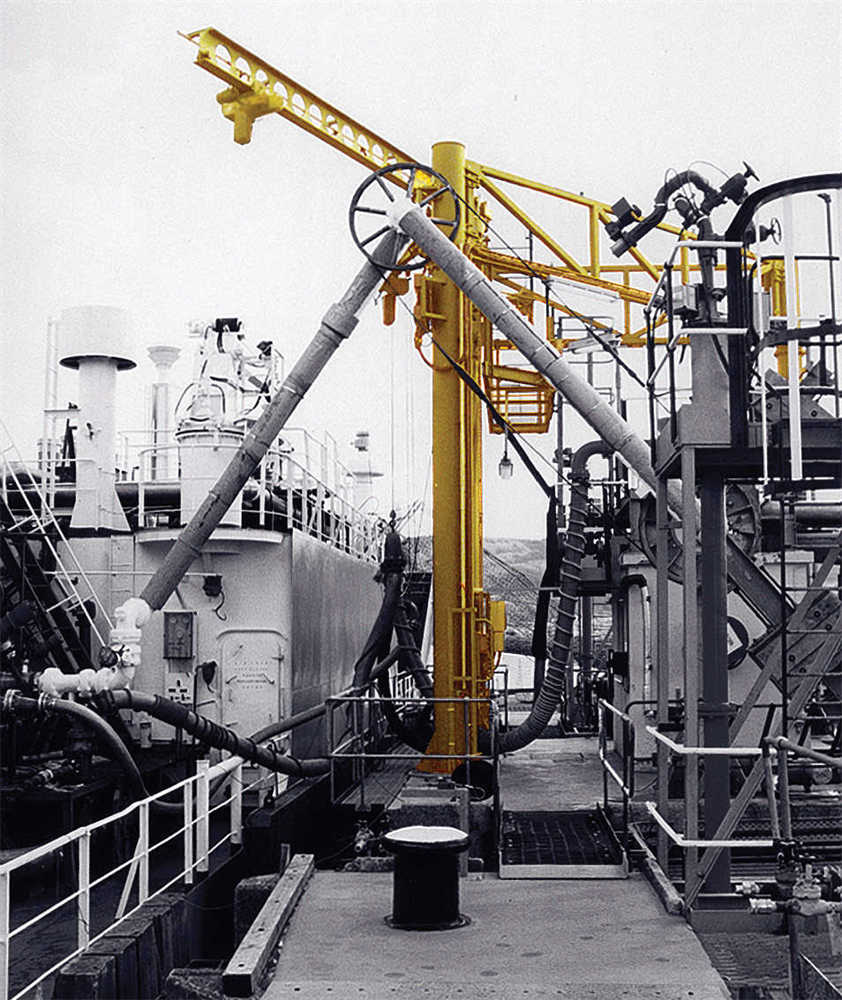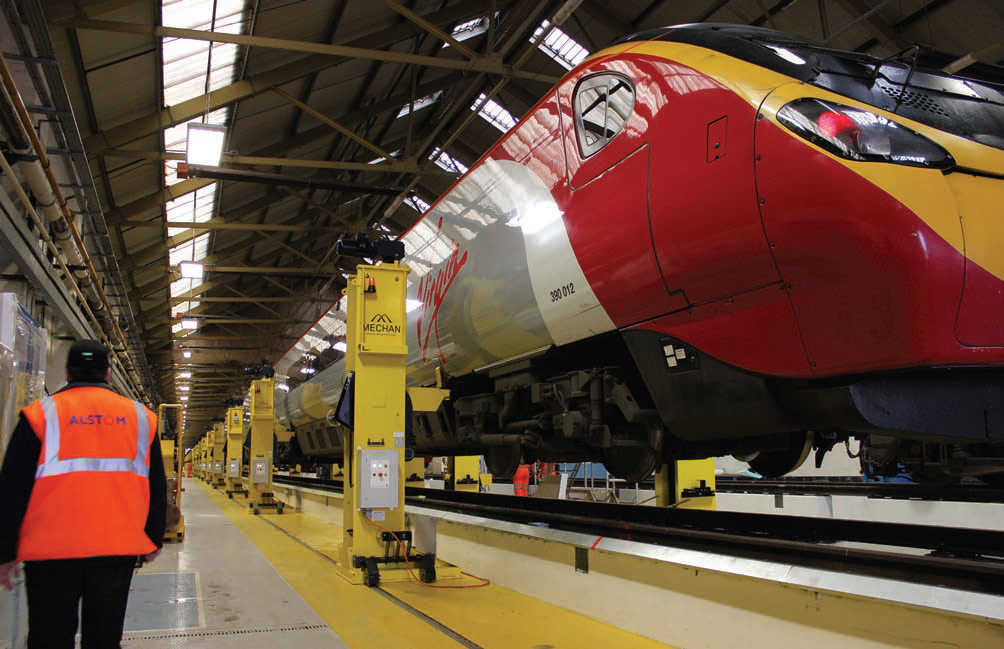Reasons for choosing jib cranes in the railway market
Due to their swivel arm structure, jib cranes can achieve large lifting capacities in a small work space and are generally used to serve the steel, mining and heavy engineering industries. Recently we were contacted by a company that supplies jib cranes to the rail market, who were looking at a significant increase in purchases of new rolling stock, with rail companies requiring additional maintenance facilities or upgrades to existing vehicles. Their jib cranes are used at rail stations across the UK to move bogies. Most depots do not maintain the bogies themselves, they remove the bogies from the trains and ship them to a specialist bogie maintenance provider.
What are crane manufacturers doing in the rail market?
The cranes are used for loading the bogies on and off transport. They are typically outdoors because of the height, as the bogies tend to be stacked too high at the back of the truck.
Cranes can also be found inside depots, as they are used to lift equipment from the train roof that needs to be replaced or maintained. The equipment has been developed for spaces where there is limited room between the top of the train, the overhead wire and the ceiling.

They have designed low profile arms which allow the arm to step down by halfway, to pass under any obstruction. They also produce various lifting attachments and frames specifically for handling within a depot environment. An example is lifting beams for taking the pantograph or air conditioning units off the top of the train.
They also do lifting beams for lifting the bogies, which are used in combination with jib cranes, overhead cranes or other lifting equipment,
A trio of cranes currently stand at Northern Rail’s Allerton depot in Liverpool, as part of a £23m project to increase its capacity.
The crane manufacturer recently delivered two bespoke jib cranes to Allerton to work alongside existing units used to remove train engines. At the request of the main contractor responsible for the refurbishment works, a 12.5 tonne jib crane was supplied to work outside the warehouse, moving bogies from inbound transport to the rail line. A smaller 250kg jib crane is also provided to work in-house, removing pantographs from the roofs of electric vehicles.

What did we learn from them?
Jib cranes have the characteristics of simple structure, easy operation, large lifting capacity, and high flexibility. They can be widely used in factories, construction, loading and unloading, and special engineering fields. Judging from the company’s description, jib cranes used in railway engineering rarely use standard products, and more require customized production. To use their exact words:
“We produce everything to order. The bigger volume producers have a range of equipment that generally try to fit the customer into their range. What we do is the complete opposite. We basically say to the client: ‘Give us your specification, tell us what capacity you want, how big you want it, how far you want it to reach, how far you want it to rotate, what you want to do with it.’ We will design a crane to their specification.
“We don’t design something from scratch, it is a variation on something we have done before, but we offer that bespoke service as opposed to make the customer match our product range.”
“If somebody wants a 500kg jib crane that is 3m high and 3m long for standard warehouse work, they are not going to buy that from us. We still make that to order, therefore our costs are significantly higher than international manufacturers that effectively produce stock equipment.
“However, if the client wants for example a 10t-capacity, 8m-high, 10m-long arm, outdoors, in an aggressive environment, then the competitive advantage swings back our way because we can design that as a one-off. Some of the international manufacturers can do that as well but then their costs to design one piece of kit as opposed to thousands are significantly higher than ours and they become more expensive.”
In fact, our company policy is the same as theirs. Whether it is a bridge crane, gantry crane or jib crane, we will first ask customers about their actual needs and working conditions, and provide customized products based on the actual situation. While meeting the actual needs of customers, the crane equipment also meets the characteristics of easy operation, high flexibility, safety and reliability. If you already have a need for a crane, you can tell us your working conditions and needs, and our engineers are ready to provide services for you at any time.
